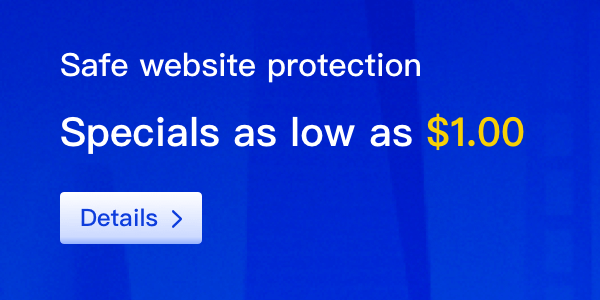In today's digital age, having a professional email address is crucial for businesses. An enterprise email not only enhances credibility but also provides a secure and reliable means of communication. In this blog post, we will explore the process of creating and managing an enterprise email account.

Step 1: Choose a Domain
The first step in creating an enterprise email is to choose a domain name. A domain name is the unique web address that will be associated with your email. It is recommended to select a domain name that aligns with your business or brand.
Step 2: Select an Email Hosting Provider
Once you have chosen a domain name, the next step is to select an email hosting provider. There are numerous providers available, each offering different features and pricing options. Consider factors such as storage capacity, security measures, and customer support when making your decision.
Step 3: Set Up Email Accounts
After selecting an email hosting provider, you will need to set up email accounts for your team members. Most providers offer user-friendly interfaces and step-by-step instructions to guide you through the process. Ensure that each team member has a unique and easily identifiable email address.
Step 4: Configure Email Settings
To optimize your enterprise email experience, it is important to configure the email settings according to your business requirements. This includes setting up email signatures, enabling automatic replies, and organizing email folders. Taking the time to personalize these settings will streamline your email communication.
Step 5: Implement Security Measures
Security is paramount when it comes to enterprise email. Implementing robust security measures will protect your business data and sensitive information. Enable two-factor authentication, use strong passwords, and regularly update your email software to ensure maximum security.
Step 6: Train Employees on Email Best Practices
Properly training your employees on email best practices is essential for efficient email management. Educate them on identifying phishing emails, avoiding suspicious attachments, and practicing good email etiquette. Regularly remind employees to exercise caution when handling company emails.
Step 7: Regularly Monitor and Maintain Email Accounts
Effective email management involves regular monitoring and maintenance. Encourage your team to regularly clean up their email inboxes, delete unnecessary emails, and archive important messages. Additionally, regularly monitor email server performance and address any issues promptly.
By following these steps, you can create and manage an enterprise email system that promotes effective communication and enhances your business's professionalism. Remember to regularly review and update your email processes to adapt to changing business needs.























